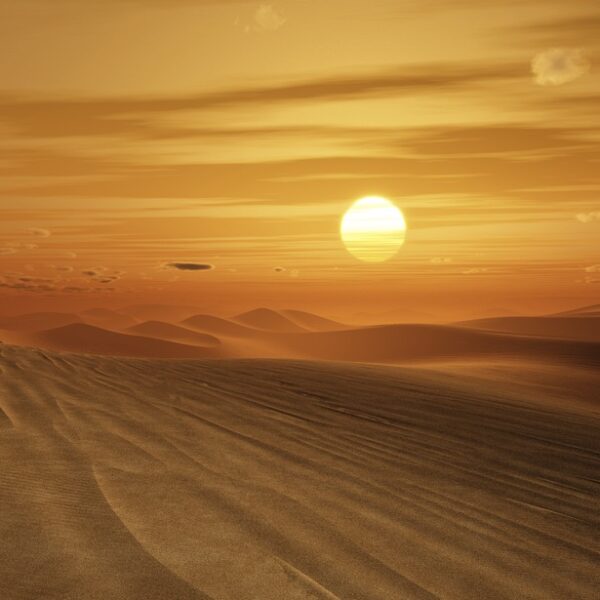
Deserts can take many forms — including sweeping sand dunes, rocky canyons, sagebrush steppes and polar ice fields. But they’re united by one thing: a lack of rainfall. Generally speaking, anywhere that gets less than 10 inches (25 centimeters) of rain a year counts as a desert, said Lynn Fenstermaker, an ecologist at the Desert Research Institute in Reno, Nevada.
Of course, that lack of rain means deserts are, famously, dry. But why do some places on Earth get much less rain than others? In other words, why are deserts dry?
Global air circulation patterns are the biggest reason, Fenstermaker said. Solar energy hits Earth most directly at the equator, heating the air and evaporating moisture from it. That warm, dry air rises and travels toward the poles. It tends to sink again around 30 degrees latitude, Fenstermaker explained. This circulation pattern is called a Hadley cell, and it drives the trade winds, which fueled early exploration of the globe by seafaring explorers. It’s also why many of the world’s biggest deserts — such as the Sahara and the Gobi in the Northern Hemisphere, and the Kalahari in the Southern Hemisphere — are at these midlatitudes.
“Writer Fuel” is a series of cool real-world stories that might inspire your little writer heart. Check out our Writer Fuel page on the LimFic blog for more inspiration.

